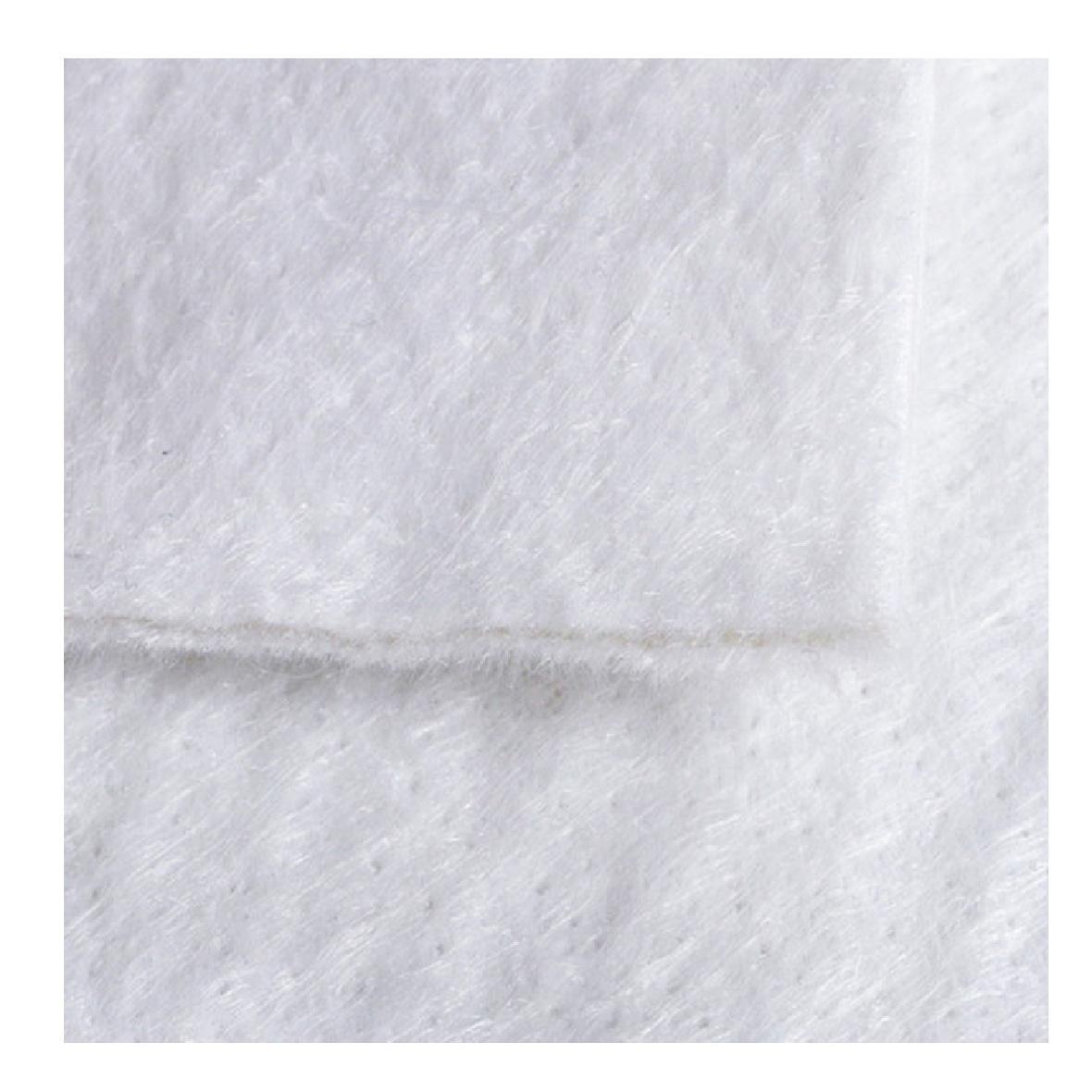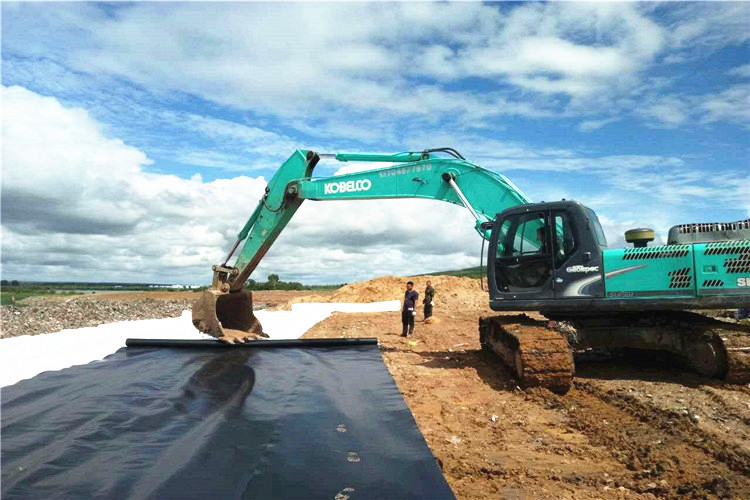09
2019
-
03
Application Range and Construction of Geomembrane and Composite Geomembrane
Author:
Composite geomembrane is an impervious material composed of geotextile and geomembrane. It is mainly used for drainage and reinforcement. Composite geomembrane is divided into one cloth-one film, two cloth-one film and multi-cloth-multi-film. Its width is 4-6m and weight is 200-1500g/m2. It has high physical and mechanical properties such as tensile, tearing and bursting. It can meet the needs of civil engineering such as water conservancy, municipal, construction, transportation, subway and tunnel. Because of the macromolecule material chosen and the anti-aging agent added in the production process, it can be used in unconventional temperature environment.
Product features: It integrates anti-seepage, filtration and drainage, and has the functions of isolation and reinforcement. It has high composite strength, peeling strength and puncture resistance. It has strong drainage capacity, large friction coefficient and small linear expansion coefficient. It has good aging resistance, wide temperature range and stable quality. Scope of application: It is widely used in water conservancy, environmental protection, construction, transportation, tunnel and other projects.
 High density polyethylene geomembrane product characteristics: excellent environmental stress cracking resistance. Chemical corrosion resistance. It has strong impermeability and small thermal deformation. Good penetration resistance. Scope of application: landfill seepage control, sewage tank seepage control, tailings storage yard, tunnel and underground construction projects.
High density polyethylene geomembrane product characteristics: excellent environmental stress cracking resistance. Chemical corrosion resistance. It has strong impermeability and small thermal deformation. Good penetration resistance. Scope of application: landfill seepage control, sewage tank seepage control, tailings storage yard, tunnel and underground construction projects.
Construction procedures: (1) Cleaning the base (2) Geomembrane Laying (3) Joint Construction, Inspection (4) Anchorage with Peripheral Connections (5) Acceptance (6) Protective Layer Construction
Technical Points: Mechanical operation is suitable for large roll geomembrane laying and manual laying is suitable for small roll geomembrane laying. The laying direction of geomembrane should meet the design requirements and minimize the number of joints, so that the joint position is parallel to the direction of high tensile stress. Paving should not be too tight, should leave enough margin (about 1.5%) in order to splice and adapt to temperature changes. It should be laid with pressure and put a 20 kg sand bag at the edge and corner of the film every 2-5 meters to prevent the wind from blowing.

Expansion bolts and steel bar are used to anchor the connection between geomembrane and surrounding buildings. At the corner, the geomembrane should be cut properly to ensure proper connection with the surrounding buildings. Before welding, do small sample welding test and adjust the welding equipment to the best state according to the test results. Welding quality should be observed at any time. According to the actual construction situation, adjust the welding equipment to the best working condition at any time.
The joints formed between geomembranes should be T-shaped, not cross-shaped. Material should be used to repair scars at T-shaped junctions. The right angle of the scar should be rounded. When virtual welding or leak welding occurs, the welding seam must be cut and the cutting position must be repaired by hot-melt extrusion welding machine.
Composite geomembrane (composite anti-seepage film) is divided into one cloth one film and two cloth one film, with a width of 4-6m and a weight of 200-1500g/m2. It has high physical and mechanical properties such as tensile, tearing and bursting. The product has high strength, good elongation, large deformation modulus, acid and alkali resistance, corrosion resistance, aging resistance and good impermeability. It can meet the needs of civil engineering such as seepage prevention, isolation, reinforcement, crack prevention and reinforcement in water conservancy, municipal administration, construction, transportation, subway, tunnel and engineering construction. It can be used in unconventional temperature environment because of the selection of polymer materials and the addition of anti-aging agent in the production process. It is often used for anti-seepage treatment of dykes, drainage ditches and waste yards.
undefined




